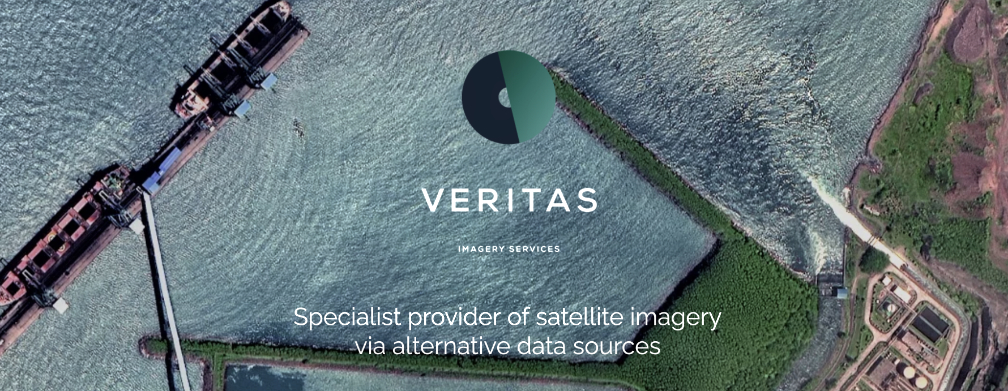
Veritas Imagery Services and NOKTOsat are collaborating to provide a new, commercial application of Earth Observation (EO) satellite imagery to local government departments that will allow them to better monitor and manage their street lighting networks as they combat rising energy prices.

Just like everybody else, local councils and municipalities cannot escape the soaring cost of energy. The organizations that provide the public with a wide range of vital services face ever-increasing bills to keep their streets lit at night. To address this challenge, local municipalities around Europe and beyond have either started or are planning to reduce the number of hours they keep their streetlights burning during the hours of darkness.
Clearly, everyone must feel safe on the streets of their cities, towns and villages, so this policy will not be without significant hurdles: to overcome them, managers must adopt flexible and smart lighting practices that reduce consumption of power whilst still providing the reassurance of lit areas. Many councils are converting older lights to use LEDs.
Setting aside the large capital conversion costs, this may have short term impacts on the amount of energy councils are using. However, there is a growing body of research emerging that repeated and prolonged exposure to ‘blue light’ is having a negative impact on people’s eyesight, sleep patterns and consequently, their overall health.
Local government lighting management teams are facing significant and complicated challenges — those managers must have comprehensive and current overviews of their complete lighting networks (these have been expensive and time-consuming to create in the past) but which, when combined with local knowledge, will provide a way of making the right decisions. Without these, managers will find it impossible to target those areas that they must keep illuminated and those where they can safely, reduce the number or strength of the lights that they keep on.
Images from space provide unique insights over vast swaths of the Earth’s surface — even for the largest of urban sprawls, only one or two might be needed to scrutinize a council’s entire lighting network However, most satellites collect their images by using the reflected light of the sun, something that is in short supply during the night and many satellites cannot ‘see’ objects as small as lampposts.
Now, advanced imaging and processing techniques are being used with data collected from space, to provide a commercial solution to this problem. Imagery from the Jilin-1 constellation provides pixel sizes of 50 cm., which can be used pinpoint the location and spill of lighting sources.
Over the last two years, these images have been used successfully to monitor the night-time public lighting in Madrid and have provided a completely new way of monitoring and managing this essential resource in Spain’s capital city.
To highlight the power of the results, the team uploaded images of central Madrid before the 2021 Christmas holidays and during them, when many extra lights were hung on buildings and across streets.
pmisson.users.earthengine.app/view/madridchrismas
Swiping between the two dates shows just how easy it now is for the lighting managers to monitor the network, better balance the amount of available lighting and quickly see the areas where problems have developed.
Measuring and mapping current lighting systems from space can help plan the smarter use of communal lighting, reduce energy consumption and minimise the impact of light pollution in a time of ever-increasing costs.
Paul Majmader, CEO of Veritas Imagery Services, the company that is bringing this new imagery to market, commented on what this latest development in earth observation image processing will mean for customers around the world. “This is an excellent example of how Earth Observation imagery from space is drastically improving current methods of providing information on our environment. Using unique data sources and processing techniques, we are providing a service that would otherwise not be possible at such a modest cost point. We are excited by the many applications that this approach will unlock”
